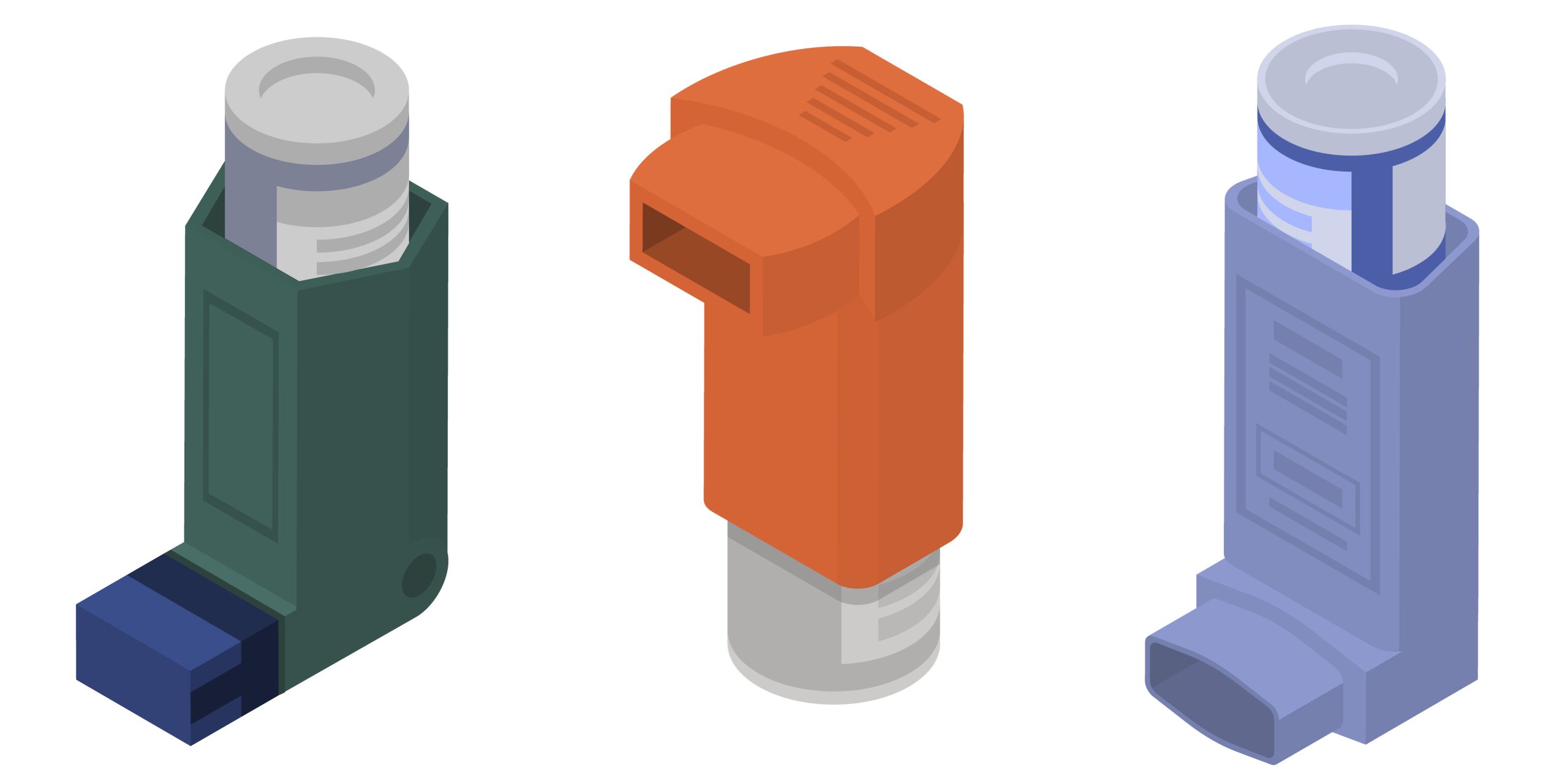Double dispensing will benefit some patients, but others need closer monitoring, one peak body says.
Asthma inhalers are among a hundred medicines newly available as 60-day scripts with five repeats, for 12 months of medications.
The third tranche of medications with a double-dispensing option are for asthma, depression, anxiety disorders, constipation, Parkinson’s disease, obstructive pulmonary disease, acne, gastro-oesophageal reflux disease, glaucoma and dry eyes.
This is the first time that asthma drugs have been included, and they’re mainly preventers, which are also frequently the most expensive for patients, with a PBS maximum co-payment of $31.60.
“Reducing the costs of some of the most important (and expensive) asthma medicines may help improve compliance with recommended treatment. For many people with asthma, out-of-pocket costs are a major contributor to poor adherence to prescribed treatment,” GP and Asthma Australia board member Dr Chris Pearce told ARR.
“Australian guidelines recommend that most adults and adolescents with asthma should take a preventer inhaler. Yet half of all adults and a third of children with asthma miss out on essential treatment due to these costs. We hope that 60-day prescribing will enable more people with asthma to be able to afford and use preventers and move towards better asthma management.”
The new inclusions are beclomethasone, beclometasone + formoterol, budesonide, budesonide + formoterol, ciclesonide, fluticasone furoate + umeclidinium + vilanterol, fluticasone furoate, fluticasone propionate, fluticasone propionate + formoterol, fluticasone propionate + salmeterol, formoterol, indacaterol + glycopyrronium + mometasone, indacaterol + mometasone, montelukast, and salmeterol.
The National Asthma Council agrees that that the reduced cost could improve adherence and health outcomes. But it has also issued a caution.
“Sixty-day dispensing could work very well for patients who have good asthma control and are stable, however we know that in Australia this is not the case for many,” said Associate Professor Debbie Rigby, clinical executive lead at the NAC, in a press statement.
Missing out on a six-monthly appointment means a missed opportunity for assessment and for stepping down medications if needed, as per the Asthma Handbook guidelines, she said.
Furthermore, the NAC warned, efficacy of medications could be negatively affected if patients opened the packaging of more than one inhaler at a time and were not able to use medications within their shelf-life once they were opened.
High humidity could affect multidose reservoir high powder inhalers such as Turbuhaler, Genuair, Spiromax and Easyhaler, not only reducing their efficacy, but possibly increasing adverse effects from increased oropharyngeal deposition.
“The NAC encourages all health professionals to discuss these important issues with their patients and ensure the inclusion of asthma medication to the 60-day dispensing list has a positive impact on their asthma control and doesn’t place them at higher risk of serious asthma flare-ups and hospitalisations,” said Professor Rigby.
Responding to the NAC’s media statements, Asthma Australia’s Dr Chris Pearce told ARR that asthma was a condition where patients needed to understand and manage their disease.
“The introduction of 60-day prescribing does not interfere with the patient-doctor relationship, but allows it to have flexibility according to need, while at the same time lowering costs to patients,” Dr Pearce told ARR.
“We would expect an asthma patient’s treating doctor to still provide a recommendation for how many times a year their patient needs to see them. Sixty-day prescribing would simply offer the GP and patient more flexibility around the timing of these visits.”
Shelf-life of medications could be accommodated within 60-day prescriptions, said Dr Pearce. “For example, TGA’s guidelines for Ellipta are that the capsules should be used within six weeks of opening. This indicates that there is a degree of flexibility around shelf-life, which may accommodate variations in when people open their inhalers.
“Sixty-day prescribing must be supported by appropriate support from pharmacists, reflecting their current role in the dispensing of all medicines in Australia.”
RACGP president Dr Nicole Higgins said prior to 60-day dispensing, many Australians were delaying or not filling prescriptions because of cost.
“Not having medication is a bigger risk than having medication at hand. It does not replace having those regular appointments that have been scheduled with the GP, especially for chronic disease management plans, and we need to make sure that we ensure proper follow-up with our asthmatic patients,” Dr Higgins told ARR.
Related
Meanwhile, a year since the introduction of the 60-day prescribing, “it’s business as usual”, said Dr Higgins.
GP software updates usually occur on the third or fourth of the month, but that’s been an “annoyance” and did not have a significant impact, she said.
“The sky hasn’t fallen in. It’s been a seamless transition. Patients have accepted it and expect it. It’s been an easy transition overall for GPS and the concerns that were raised have not eventuated.”
The complete list of drugs available for 60-day prescriptions is available here.





